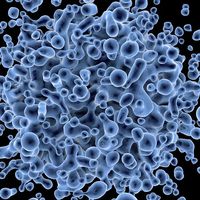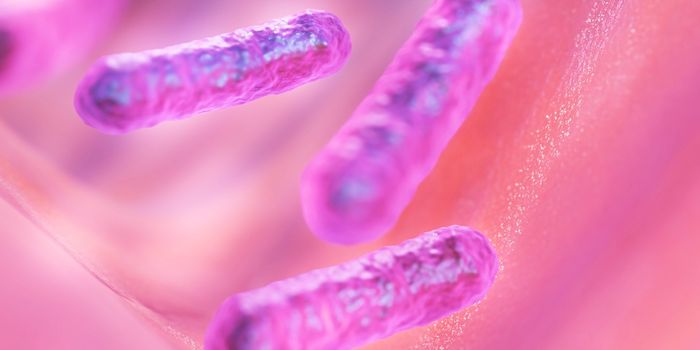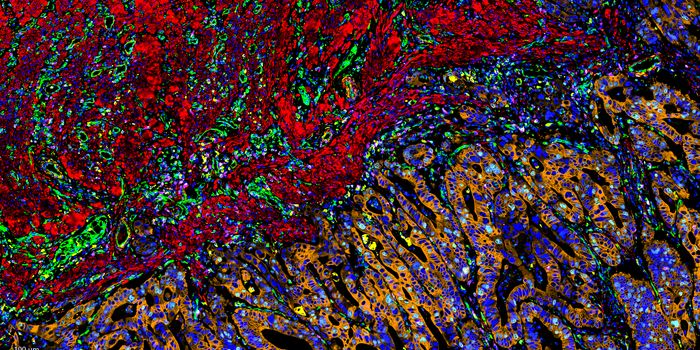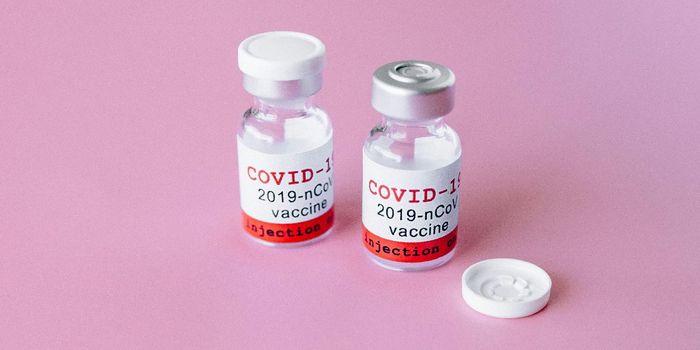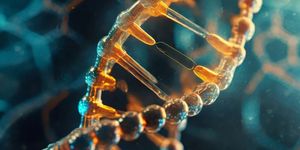Protein Inhibition Reduces Inflammatory Response
The innate immune system is the first responder to disease or infection. The body employs non-specific immune cells to recognize foreign pathogens and immediately target these invaders by promoting an inflammatory response. In many cases, this is a great protective barrier and prevents us from getting extremely ill. However, the body can take this protective immunity to a new level by overreacting to pathogens not necessarily harmful. Allergens are recognized by different immune cells, including mast cells, and detect it as a dangerous substance. In response, the body immediately elicits a response to get rid of the allergen. This reaction causes many symptoms characteristic of an allergic reaction such as runny nose, tight chest, trouble breathing, and a headache. Scientists are working toward understanding this mechanism more and how it can be overcome to help treat those with severe disease, such as allergic asthma.
A newly discovered protein called Piezo1 was recently found to prevent certain immune cells from hyperactivating in response to allergens. A recent article published in the Journal of Experimental Medicine (JEM) by Dr. Omid Akbari and his team demonstrated that activating Piezo1 could help mediate allergic reactions and reduce lung inflammation from allergic asthma. Akbari, a principal investigator at the Keck School of Medicine, University of Southern California, studies the innate immune response and explores the mechanisms that contribute to inflammatory disease, such as asthma and other allergic diseases.
Type 2 innate lymphoid cells (ILC2s) are an immune subpopulation which line the lungs, skin, and other mucosal tissues of the body. In the context of allergies, these cells help contribute an inflammatory response in the lungs. ILC2s help recruit other immune cells to the lungs to target the allergen. Consequently, this lung inflammation causes those with asthma a very difficult time to breathe and could be life-threatening. Due to the major role ILC2s play in allergic asthma, there is a need to find ways to overcome this ILC2 response. Researchers took a closer look at the mechanism of ILC2 activated immune response and found that ILC2s produce the protein Piezo1, which limit ILC2 activity. Piezo1 generates channels in the cell membrane to allow calcium to flow through and change the function of the cell. As a result, the team discovered that in the absence of Piezo1 immune reactions are significantly stronger. Comparatively, cells treated with a Piezo1 agonist, known as Yoda1, reduced airway inflammation and alleviated allergen-induced symptoms. This finding demonstrates the significant role of Piezo1 channels in ILC2 function and how Yoda1 can reduce inflammation through Piezo1 activation.
Interestingly, researchers found that human ILC2s also produce Piezo1. Further analysis indicates that the mechanism of Piezo1 was conserved in human cells and that Yoda1 reduces inflammation. Studies involving human patients are expected to confirm the role of Piezo1 and help develop therapies that promote Piezo1 and modulate ILC2 activity. Researchers conclude that Piezo1 is a key regulator of ILC2 function and mediate lung inflammation. Overall, Akbari and his group discovered a critical protein in the process of inflammation and provides foundational knowledge that may help overcome allergic asthma.
Article, JEM, Omid Akbari, Keck School of Medicine, University of Southern California
